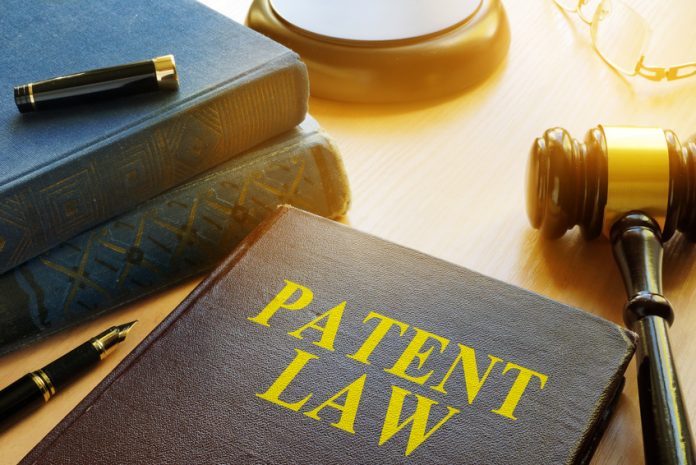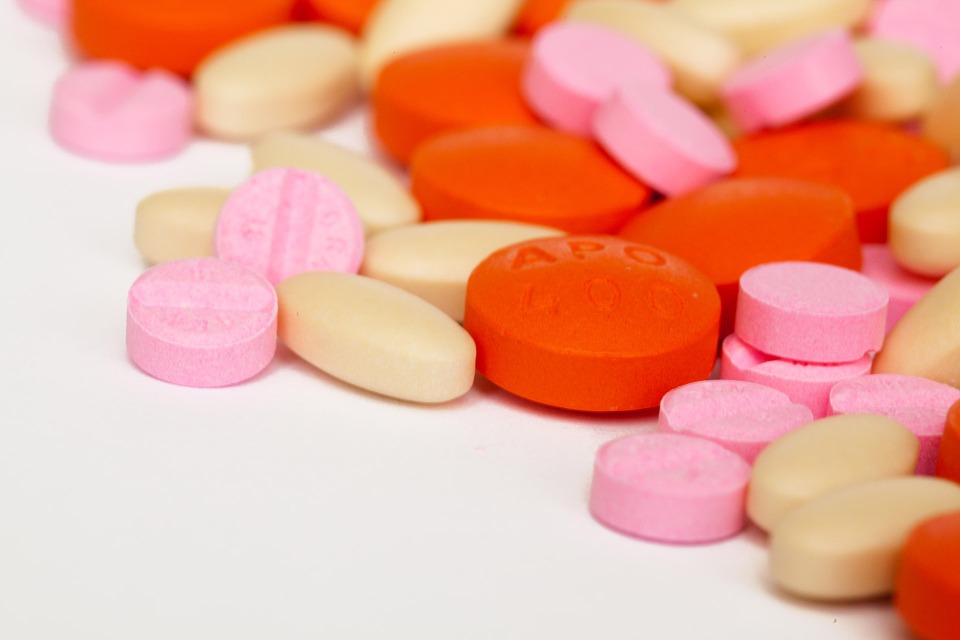This article is written by Shreya Manoj Kasale a 5th Year BLS LLB student at Asmita College of Law pursuing a Paralegal Associate Diploma at Lawsikho. This article has been edited by Ojuswi (Associate, Lawsikho).
This article has been published by Sneha Mahawar.
Table of Contents
Introduction
Patents grant the patentee exclusive rights for a short time to prevent others from creating, using, offering for sale, selling, or importing a patented invention without the patentee’s permission. The award of such rights is viewed as an inducement to invest in creative activities and knowledge development. In economic terms, however, this results in deadweight losses. A variety of remedies are available in the patent system to rectify the possible inefficiencies of market power produced by such exclusive rights.
The research exception is one of the most commonly offered exclusions in patent systems, whether by statute or case law. While the specific extent of the provisions varies according to national and regional regulations, in general, the research exception allows researchers to investigate the effects of copyrighted innovations mentioned in patents and enhance such patented inventions without danger of violating the patent. Without such an exclusion, scientists may be sued if they use a patented innovation in the course of their study. Such a contribution to a favourable environment for research activities is intended to enhance the diffusion and progress of technical information, as well as contribute to the development of technologies, thereby contributing to the patent system objectives.
Proponents of the research exception claim that the exemption for research and experimental usage is inherent in the patent system’s quid pro quo because no other rationale could explain the patent system’s interest in the open availability of the invention’s disclosure.
Patent holders are granted exclusive rights to prohibit others from utilising their patented ideas, and in exchange, patent holders are obligated to reveal details about the invention. The publication of information is seen as a necessary component of the patent system. It serves as the foundation for balancing the inventor’s and society’s interests. This article will focus on research exemption extensively.
Under Indian Law
The Patents Act, 1970, which replaced the Patents and Designs Act, 1911, entered into force on April 20, 1972, and was largely based on the suggestions made in Justice Ayyangar’s thorough Report on Patent Law Revision, which was delivered in September 1959.
In his report, Justice Ayyangar indicated that one issue pertaining to patentees’ rights that needs to be clarified is the right of research workers to use inventions—whether they be articles or processes—for the purposes of conducting experiments during research as opposed to use for a commercial purpose. In this regard, while noting the ambiguity of the legislation on this subject in the United Kingdom, Justice Ayyangar adopted the position stating that “I consider it desirable that the law should specifically exempt use of the patented articles or processes or the use of articles or products made by the use of the patented process or patented machine or apparatus for experimental purposes from being actionable as an infringement.”
Patents are designed to encourage investment in R&D, but they may sometimes make it more difficult to build on the ideas of others. A research exemption from infringement liability might be used to circumvent such past patentee reluctance, but such an exemption raises the risk that depriving patentees of control over the research applications of their innovations will reduce incentives to invest in developing them.
Exempted research does not require a licence, and refusals to licence driven by private attempts to gain undue influence over future innovation are avoided.
Experimentation and research are exempted from patent infringement under Section 47(3) of the Patents Act, 1970 (as modified) (“Act”). Any machine, apparatus, or other items for which the patent is granted, or any item made through the use of the process for which the patent is granted, may be made or used, and any method for which the patent is granted may be used, by any person, for the purpose of mere experiment or research, including the imparting of instructions to students, according to Article 47(3). The “experimentation/research” exclusion covered under Section 47(3) of the Act looks to be rather broad at first glance, but its extent and ambit have yet to be tested in an Indian court of law.
Although the Court has had occasion to interpret Section 47 of the Act, these decisions have been given in a different setting, namely in the context of patent disputes relating to Government tenders. Despite the seeming broad extent of protection, the actual limits of the exemption offered by Section 47(3) remain unclear, and any examination into its application remains extremely fact-specific.
Although the terms “experiment” and “research” are not defined in the statute, it is worth noting that the phrase “experiment or research including the imparting of instructions to pupils” used in this provision is qualified by the term “merely,” which means that an activity can qualify under this provision only if it is limited to experiment or research, and this usage would limit the scope of the term’s “research” and “experiment.”
Under United States Law
In Sawin v. Guild, Justice Story argued that an infringing use “must be with an intent to infringe the patent right, and deprive the owner of the lawful rewards of his discovery”.
In 1935, a court granted a research exemption solely because the infringing user was an academic research institution; by the 1970s, the court in Pitcairn v. the United States rejected the government’s argument that the manufacture and use of certain infringing helicopters “for testing, evaluation, demonstrational, or experimental purposes” should be permitted under the traditional research exemption. The court ruled that the tests in that instance were not excluded because they were “planned uses of the infringing aircraft made for the defendant and in conformity with the legitimate business of the user agency.”
The Federal Circuit significantly narrowed the scope of the “non-commercial” category in Madey v. Duke University in 2002. Several components of a free-electron laser utilised for the scientific study were patented by a Duke University scientist. When he and the university fell out, the institution continued to utilise his copyrighted research equipment, citing the customary research exemption to justify its infringement. This university study was declared unsuitable for the conventional research exemption by the court because it “unmistakably furthers the institution’s legitimate business objectives, including educating and enlightening students and faculty participating in these projects.” This finding ran counter to the generally held view among university professors that purely academic research was free from patent infringement penalties. However, academic research was the major planned application of the patented equipment in this case. A court exemption of such research appears to jeopardise the patent’s basic grant of exclusivity—the market for direct sales or licensing to research institutes. To prevent this outcome, the Federal Circuit broadened the definition of commercial use beyond recognition to include the university’s acts.
Bolar exception
The exemption for research or experimental usage allows researchers and product producers to make limited use of a patented idea. The main concept behind this exemption is that it limits patent holders’ rights in such a way that the patent holder cannot restrict third parties from engaging in specific activities related to the patented innovation. The experimental usage exception is known as the “Bolar exemption” in the pharmaceutical industry. The Bolar exception exempts generic manufacturers from patent infringement if they use patented pharmaceuticals for research and development for the sole aim of submitting information for regulatory approvals of generic versions of patented goods before the relevant patents expire.
Section 107A of the Indian Patent Act of 1970 is well known as India’s “Bolar exemption.” In India’s competitive generic market, it is critical to strike a balance between individual interests, such as patentee rights, and societal interests, such as the need for better and cheaper access to products.
According to Section 107A of the Indian Patent Act of 1970:
“107A. Certain acts not to be considered as infringement – For the purposes of this Act,—
- any act of making, constructing, [using, selling or importing] a patented invention solely for uses reasonably related to the development and submission of information required under any law for the time being in force, in India, or a country other than India, that regulates the manufacture, construction, [use, sale or import] of any product;
- importation of patented products by any person from a person who is duly authorized under the law to produce and sell or distribute the product,
shall not be considered as an infringement of patent rights.”
It is important to note that there are a few instances involving Bolar exemption in India. India has just one case involving this clause in which clinical trials were cited as part of the Bolar exemption, the case being Bayer Corporation vs. Union of India & Anr. It might be argued that, because of the limited history of pharmaceutical firms in India using the Bolar exemption for marketing authorizations and clinical studies, we view marketing authorizations and clinical trials to be part of the Bolar exemption.
The notion of Bolar exemption is absolutely vital in the Indian context. According to one of the assertions made by an Indian pharmaceutical corporation, “To stimulate competition, a broad exemption was granted. The higher the competition, the better for public health protection “. As a growing country, India should enact R&D-friendly legislation. Furthermore, the highest authority should fully clarify the Bolar clause so that the patentee’s rights are never harnessed. Furthermore, the Supreme Court should consider whether the infringement was caused by R&D, profit, or scholarly purposes.
Conclusion
Any research exception reduces the private advantages that might otherwise be accessible to patentees. However, taking into account the contributions and motivations of researcher innovators, a research exemption may be less expensive than previously anticipated. Further economic study appears to be required to determine the impact of the research exemptions on scientific inquiry. What is known is that innovation strategies must balance incentives to invest in inventive activities with the encouragement of spill-overs. The best research exemption should give an incentive to invest while not restricting knowledge spill-overs that have a minor impact on this motivation to invest. Furthermore, any research exception must conform to the standards of international legal responsibilities, particularly the TRIPS Agreement. Furthermore, in order to fulfil its policy aim, clarity on the extent of the research exemption should be established at the national level. This would provide legal stability and predictability for both patentees and third parties doing research using the exemption.
References
- https://ipindia.gov.in/writereaddata/Portal/IPOAct/1_31_1_patent-act-1970-11march2015.pdf
- https://ipindia.gov.in/writereaddata/Portal/Images/pdf/1959-_Justice_N_R_Ayyangar_committee_report.pdf
- https://ipindia.gov.in/writereaddata/Portal/ev/sections/ps47.html
- https://law.resource.org/pub/us/case/reporter/F.Cas/0021.f.cas/0021.f.cas.0554.pdf
- https://cyber.harvard.edu/people/tfisher/2002Madeyedit.html
- https://www.indiacode.nic.in/show-data?actid=AC_CEN_11_61_00002_197039_1517807321764§ionId=15976§ionno=107A&orderno=112
- https://www.legalserviceindia.com/legal/article-5324-case-analysis-of-bayer-corporation-v-union-of-india.html
Students of Lawsikho courses regularly produce writing assignments and work on practical exercises as a part of their coursework and develop themselves in real-life practical skills.
LawSikho has created a telegram group for exchanging legal knowledge, referrals, and various opportunities. You can click on this link and join:
Follow us on Instagram and subscribe to our YouTube channel for more amazing legal content.













